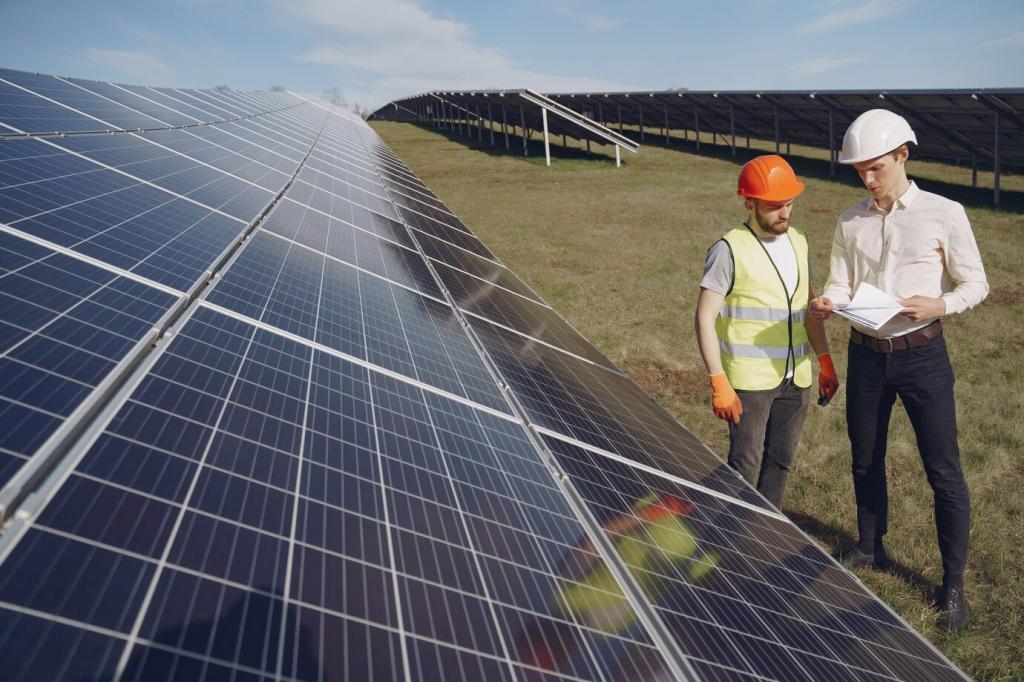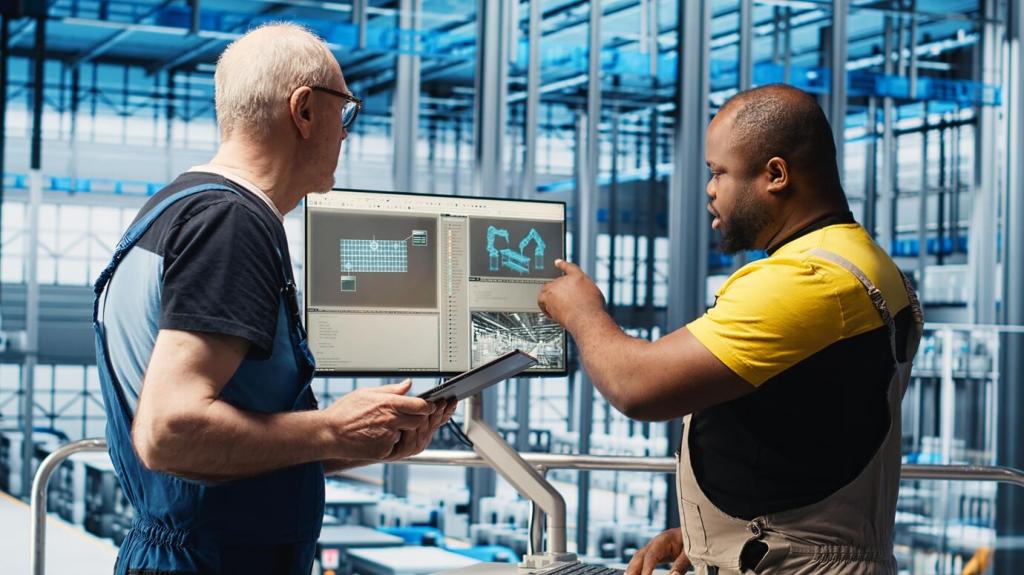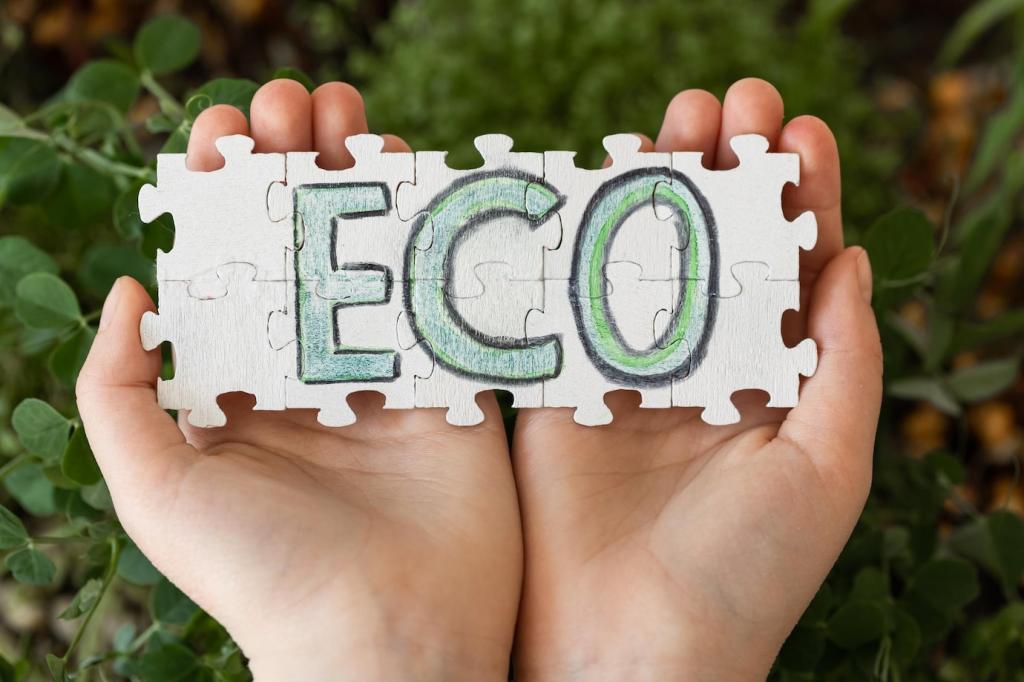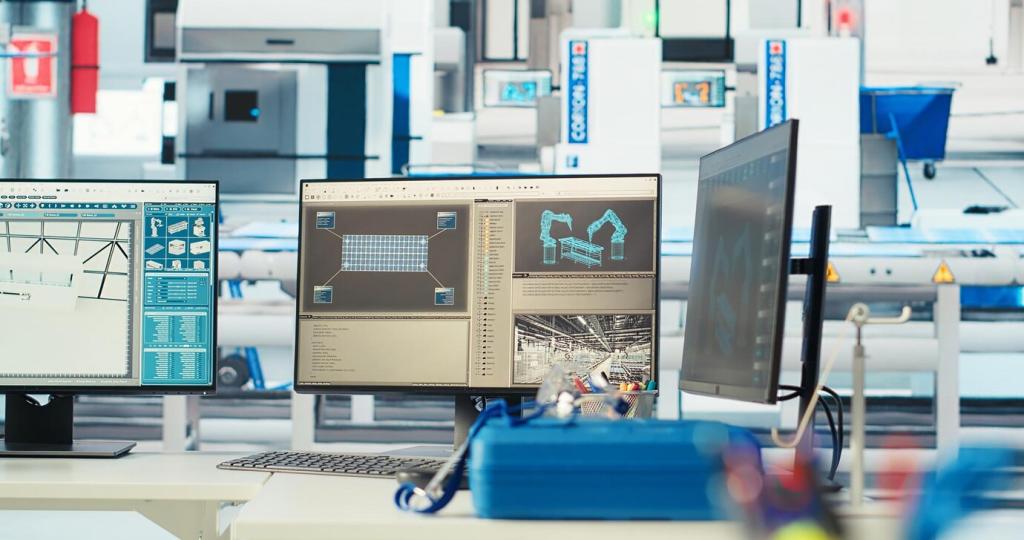
Building Tomorrow: Breakthroughs in Sustainable Construction Materials
Chosen theme: The Future of Construction: Breakthroughs in Sustainable Building Materials. Step into a world where cities breathe cleaner, structures last longer, and every material choice nudges the planet toward resilience. Join our community, share your experiences, and help shape the next generation of buildings.
From Concrete to Carbon-Negative
The industry is pivoting from traditional cement toward alternatives that lock away carbon rather than emit it. Carbon-cured concrete, biochar-infused mixes, and algae-derived binders are rewriting performance expectations while quietly shrinking footprints. Imagine sidewalks that store carbon, not stories of smog—this is no longer a dream but a growing procurement reality.
Lifecycle Thinking Becomes Standard
Designers increasingly calculate embodied carbon from quarry to demolition, ensuring materials earn their place over decades, not months. Lifecycle assessments expose hidden impacts and guide smarter substitutions. The result is a cultural shift: performance is measured not only by strength and cost, but by climate consequences and the possibility of recovery.
A Small Town School with Big Impact
In a windswept town, a public school chose mass timber and geopolymer concrete for its new gym. Parents noticed warmer acoustics, students loved the sunlight, and contractors praised the fast assembly. Three years later, energy bills dropped, indoor air improved, and the project became a regional case study inspiring similar choices nearby.

Hempcrete and Bio-Based Composites
Hempcrete blends plant fibers with mineral binders to create breathable, insulating envelopes that regulate humidity naturally. Paired with flax or basalt composites, envelopes become lighter, tougher, and kinder to the planet. Builders appreciate the tactile workability, while residents notice calmer acoustics and steady temperatures even on the hottest afternoons.

Geopolymer Concrete Revolution
By activating industrial byproducts like fly ash or slag, geopolymers achieve impressive strength with a fraction of traditional cement’s emissions. Early concerns about consistency are fading as mix designs mature and standards evolve. Bridges, precast panels, and foundations are proving that durability and decarbonization can coexist without compromising schedules.
Technology Driving Adoption
Machine learning models compare Environmental Product Declarations, supply chain distances, and weather exposure to suggest the right material for each assembly. The result is fewer guesswork substitutions and fewer late-stage changes. Teams gain confidence knowing their choices are data-backed, cost-aware, and aligned with project carbon budgets.

Design Strategies for Circular Construction
Bolted, reversible connections allow buildings to change purpose without wasteful demolition. Architects label layers, expose fasteners where sensible, and systematize dimensions for second-life compatibility. Future crews thank today’s design teams when components are easily cataloged, removed, and reassembled across town in a new project.
Design Strategies for Circular Construction
Passports encode composition, performance, toxicity, and carbon data so materials remain valuable assets, not mysteries. QR tags link to verified records, simplifying maintenance, resale, and recycling decisions. When owners see materials as tradable inventory, deconstruction becomes opportunity instead of cost, inviting new financing models.


Policy, Codes, and Market Signals
Cities and regions are setting maximum embodied carbon thresholds for major projects, pushing specifiers toward cleaner options. Pilot policies become precedents, and manufacturers respond with transparent disclosures. Compliance feels less burdensome when early coordination and vendor partnerships turn targets into predictable deliverables.
Policy, Codes, and Market Signals
Public agencies and large corporations prefer suppliers with low-carbon materials and verified EPDs. Green loans and sustainability-linked bonds reduce borrowing costs for projects meeting milestones. These incentives shift boardroom conversations, making climate performance a material business advantage rather than a marketing footnote.
Policy, Codes, and Market Signals
Underwriters recognize mass timber’s proven performance, refined detailing, and sprinkling strategies. Construction-phase risk decreases as prefab components shorten exposure windows and improve quality control. By documenting processes and training crews, teams secure better premiums while advancing safer, cleaner construction practices.
Human Stories from the Jobsite
Contractors Learning New Mixes
A veteran superintendent recalls skepticism about geopolymer slump and cure times. After mock-ups and field trials, crews adapted finishing techniques and discovered fewer cracks. Now, the team champions these mixes, mentoring apprentices who proudly tie sustainability to craftsmanship in every pour.


Architects Persuading Clients
One firm presented side-by-side renderings: identical form, different carbon. The client chose mass timber when they saw schedule savings and a warmer interior. Post-occupancy surveys revealed happier staff, and the client now requests embodied carbon dashboards at every concept review.



